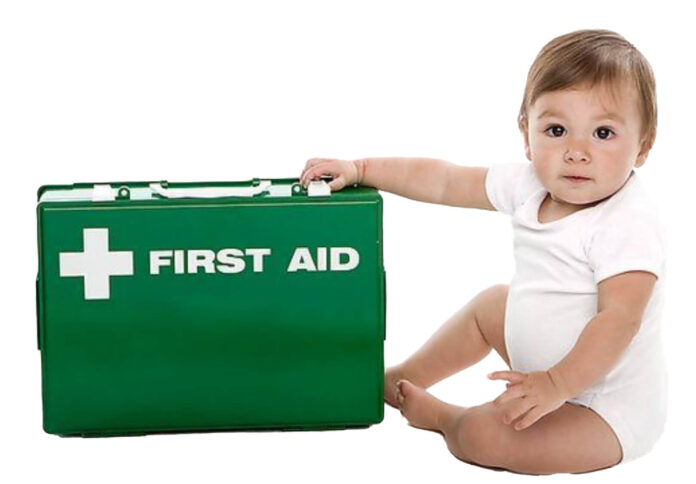Most new parents are overwhelmed by the responsibility of keeping their babies safe. While you can’t be prepared for every safety risk, enrolling in a baby first aid course can help you deal with certain life-threatening emergencies. Hence, from preventing gagging and choking to administering CPR, you can take necessary actions and save the lives of the little ones.
If you are a mother, numerous questions might pop into your mind before considering enrolling in the course. So, go through the following section to know a few things beforehand.
What injuries and accidents do a first aid course prepare you for?
Children are often the victim of certain medical emergencies and common injuries like:
- Asthma
- Choking
- Allergies and anaphylaxis
- Strains, sprains and fractures
- Stings and bites
Why should you learn first aid as a parent?
You want to ensure your child is safe and protected as a parent, so first aid training becomes crucial. The knowledge you gather from a baby first aid course empowers you as a carer and parent to protect your child at critical times. Plus, having the proper knowledge can also make the incidence of an emergency less stressful as you know what needs to be done.
How can a baby first aid course benefit you?
There are numerous reasons you should enrol yourself in a baby first aid course, which are listed below.
1. Gain the necessary skills
You don’t know what the future has in store for your child. But when you have the necessary skills in baby first aid, you are confident to deal with any life-threatening situation. You can perform the Heimlich manoeuvre, administer CPR and other life support techniques that can save the child’s life.
2. Mindset management
It is often found that the responder freezes up or cannot act during an emergency. You might feel the same way in a life-threatening emergency. But a course on first aid can help you prepare to act in emergencies keeping an action-oriented mindset.
3. Independent action
The chance of survival diminishes by 10 per cent as a minute passes without CPR. Plus, you can only partially rely on ambulance service during emergencies. Hence, your inability to act at the right time can be life-threatening or cause permanent organ damage. When you receive CPR training as a parent, you can prevent aggravating situations and eliminate the need to rush to the emergency room.
4. Child-specific instructions
A first aid course can teach you exactly where to place your hands and the rate of compressions during CPR on an infant and a child. Furthermore, you also learn to use AED on children. The course can help you reflect upon different first aid methods and skills and how they vary according to different stages of a child’s development.
5. Provide aid to others
Your skill can be helpful when you find another child in a health crisis when no other individual is present to provide first aid efforts. Moreover, you can collaborate with multiple parents during emergencies and lead the efforts. It can also be helpful when watching over multiple children and being able to carry out CPR independently, and providing first aid until the emergency services appear.
Conclusion
Training to provide first-aid to children can help you stave off your worries regarding your child’s safety during the parenting journey. The basics of first aid and CPR can help you deal with life-threatening and minor emergencies effectively. So, as you complete your course, you become confident, knowledgeable, and skilled in ensuring child safety.

